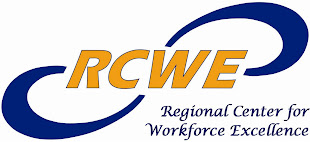The Bill & Melinda Gates Foundation has announced grants totaling $20 million in support of programs working to identify and expand cutting-edge learning resources and move innovative new instructional approaches into classrooms.
A significant portion of the funding will support efforts to build a complete system of digital courses aligned to the Common Core State Standards — educational standards for college- and career-ready individuals that are being implemented in more than forty states. The Pearson Foundation, which is developing twenty-four online math and English language arts courses to help teachers and principals implement the standards, was awarded $3 million by the foundation to make these tools more widely available. In addition, the Florida Virtual School was awarded $2 million to develop two literacy-based and two math-based courses that are contextualized within disciplines such as engineering or writing in the natural sciences.
The foundation also awarded $2.6 million to the Digital Youth Network for iRemix, a set of twenty literacy-based learning tracks allow students to earn badges and progress from novice to expert; $2.6 million to Quest Atlantis for the creation of video games that build proficiency in math, literacy, and science; and $2.5 million to the Institute of Play to build a set of game-based pedagogical tools and game-design curricula that can be used within both formal and informal learning contexts. In addition, Next Generation Learning Challenges, a grant competition and community seeking to identify and expand promising technologies that can improve education, will award up to $10 million in grants in June to support projects built around assessments that can help students master seventh-, eighth-, and ninth-grade content and achieve competencies aligned with the standards.
“Gates Foundation Announces Portfolio of Innovative Grants to Develop New Teaching and Learning Tools That Support Teachers and Help Students.” Bill & Melinda Gates Foundation Press Release 4/27/11.

